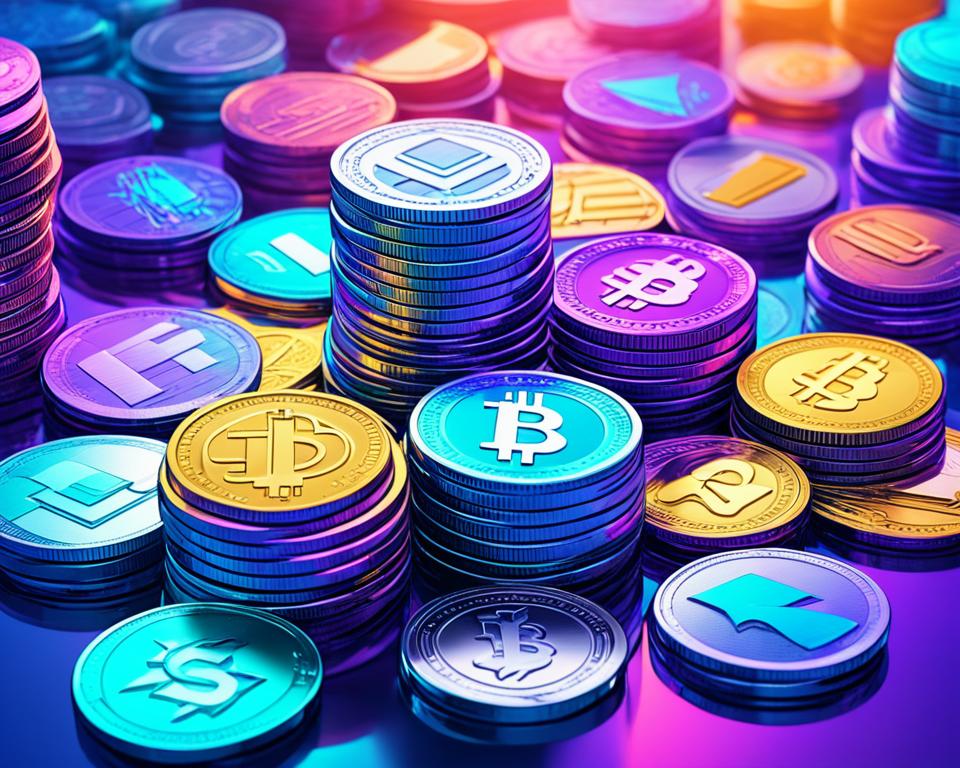What is Bitcoin? Beginner’s Guide to Digital Currency

Bitcoin is the world’s first and most popular decentralized digital currency. Launched in 2009, Bitcoin operates on a peer-to-peer network and allows users to send and receive payments without the need for a central authority, such as a government or financial institution. The technology behind Bitcoin is called blockchain, which is a distributed public ledger that records all transactions.
Bitcoin is considered a revolutionary innovation in the world of finance, as it provides a secure and transparent way to transact without intermediaries. This beginner’s guide will help you understand the fundamentals of Bitcoin, how it works, and why it matters.
Key Takeaways
- Bitcoin is the world’s first and most popular decentralized digital currency.
- Bitcoin operates on a peer-to-peer network and allows users to send and receive payments without a central authority.
- The technology behind Bitcoin is called blockchain, a distributed public ledger that records all transactions.
- Bitcoin is considered a revolutionary innovation in the world of finance, providing a secure and transparent way to transact without intermediaries.
- This beginner’s guide will help you understand the fundamentals of Bitcoin, how it works, and why it matters.
Understanding the Fundamentals of Bitcoin
Bitcoin, the pioneering cryptocurrency, has revolutionized the way we approach digital finance. As the first and most well-known decentralized finance asset, Bitcoin offers a unique and innovative approach to monetary transactions. At its core, Bitcoin is a blockchain-based digital currency that operates on a peer-to-peer network, allowing users to send and receive payments directly without the need for a central authority or intermediary.
What is Bitcoin?
Bitcoin was created in 2009 by an unknown individual or group using the pseudonym Satoshi Nakamoto. It is a decentralized digital currency that enables secure and transparent transactions between users. Unlike traditional fiat currencies, which are controlled by governments and financial institutions, Bitcoin is a decentralized system, meaning it is not subject to any central authority or regulation.
The Blockchain Technology Behind Bitcoin
The backbone of Bitcoin is the blockchain, a distributed public ledger that records all transactions. The blockchain is a continuously growing list of records, called blocks, which are linked and secured using cryptography. This innovative technology allows Bitcoin to operate without a central authority, ensuring the integrity and transparency of the currency’s transactions.
The Decentralized Nature of Bitcoin
One of the key features of Bitcoin is its decentralized nature. Unlike traditional financial systems, which are controlled by governments and financial institutions, Bitcoin operates on a peer-to-peer network, where users can send and receive payments directly without the need for a central authority. This decentralized approach to finance has captured the attention of individuals and institutions alike, as it offers a secure and transparent alternative to traditional banking and payment systems.
| Characteristic | Description |
|---|---|
| Bitcoin | A decentralized, peer-to-peer digital currency that operates on a blockchain technology |
| Blockchain | A distributed public ledger that records all Bitcoin transactions in a transparent and secure manner |
| Decentralized Finance | A financial system that operates without the need for central authorities or intermediaries, facilitated by technologies like blockchain |
| Cryptocurrency | A digital or virtual currency that uses cryptography for security, with Bitcoin being the first and most well-known example |

How Does Bitcoin Work?
The backbone of the Bitcoin network is the process of mining. Bitcoin mining is the act of verifying and adding new transactions to the blockchain, the distributed public ledger that records all Bitcoin transactions. Miners use powerful computers to solve complex mathematical problems, and in return, they are rewarded with a small amount of Bitcoin for their efforts.
Mining Bitcoin
The mining process is crucial for maintaining the integrity and security of the Bitcoin network. By verifying transactions and adding them to the blockchain, miners ensure that the network remains decentralized and that no one can spend the same Bitcoin twice. This process, known as “double-spending,” is a common problem in digital currencies, but the Bitcoin network’s design prevents it.
Bitcoin Wallets and Transactions
In order to use Bitcoin, you’ll need to set up a digital wallet, which is a software program that stores your Bitcoin and allows you to send, receive, and monitor your transactions. There are various types of wallets, including mobile, desktop, web, and hardware wallets, each with its own set of features and security considerations. When you want to make a Bitcoin transaction, you’ll need to provide the recipient’s wallet address and the amount you wish to send.




